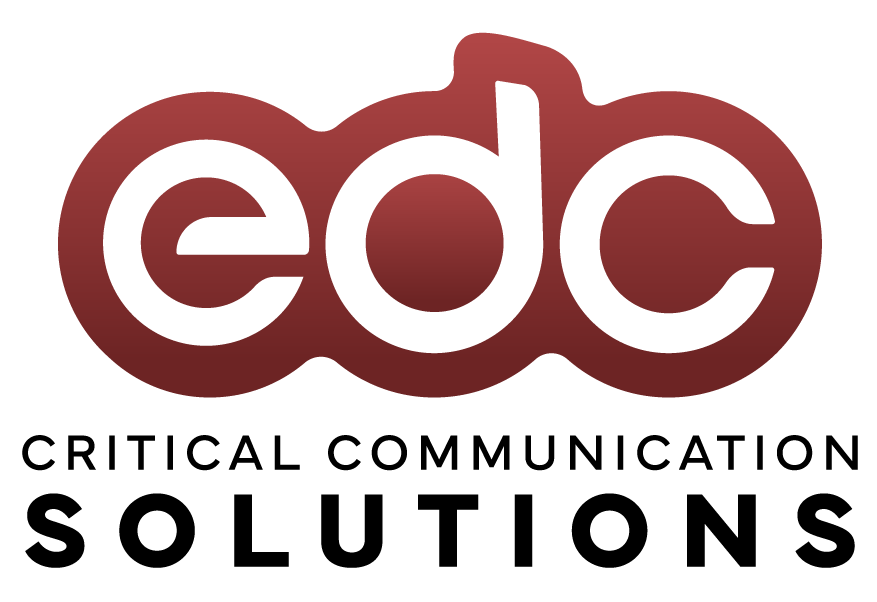
A Comparison of Paging and Intercom Systems in Educational Environments
September 28, 2022For decades public address systems have been a useful way to get information to students and staff in K12 and higher education facilities. Most of us can remember hearing morning announcements over the PA or hearing the inevitable call to the front office. It is a great way to convey a message to a group of people. Generally, there are two types of categories that public address systems fall under – paging and intercom. On a basic level, the systems are either one-way communication (paging) or two-way (intercom). In fact, the equipment costs can be about the same depending on the scale of the system. Yet there are subtle but important distinctions between the two and reasons why an organization would require one over the other.
The Rise of School Intercom Systems
When school intercoms started to become prolific in the 1950’s it was about convenience. It was certainly easier to flip a switch and talk into a classroom than to march down the hall. As phone systems became cheaper and easier to implement, they invariably made their way into the classroom. This left the older buildings with the wiring from an equipment closet to the classroom speaker in place. Often there is a call button to signal the front office wired in as well. Since general paging is still a requirement, and in this age of security concerns more needed than ever, reuse of speakers and wiring can be a true cost savings benefit when announcement needs change, or a system upgrade is due. In fact, many schools still do not have classroom phones and prefer the distinction of separate intercom communication.
A New Age For Critical Communication Systems
Newer intercom solutions can either utilize this existing infrastructure or lessen the cost of new installation with common network cabling and distributed hub points. This minimizes much of the wire that would have typically run from each room to a central closet. Additional features like browser-based scheduling of bell tones, passing-time music integration, and pre-recorded announcement triggering from security systems truly enhance the intercom standard. Indeed, district-wide network systems can be used to connect and distribute systems across campuses.
Paging Systems Offer Simplicity
Sometimes a one-to-many approach may be all that is needed where two-way communication is not. Broadcasting an audio message such as morning announcements or a general all-call page can be made with just a standard public address system. Higher education facilities often use this type of system as they may need only emergency announcements. In these spaces, staff may be transitory and change from class to class making intercoms less useful. In this case, a building or campus still needs the messaging but may require only special zoning. For example, paging just the high school wing of a combined K-12 building in smaller school districts. As it happens, these systems can utilize existing intercom wiring as well even if full blown two- way communication isn’t required.
Educational Public Address Systems
Electronic Design Company (EDC) recently conducted a survey of schools in the region that looked at their intercom and emergency mass communication systems. Interestingly, many didn’t even know what kind they had. Just that it was aging and there were problems. Of the ones that did have some knowledge or documentation, a large portion were either traditional intercom or an intercom system that had been converted to paging. In either case, the infrastructure could be reused, with some minor repairs, and a new system installed with all the features and enhancements that it provides.


